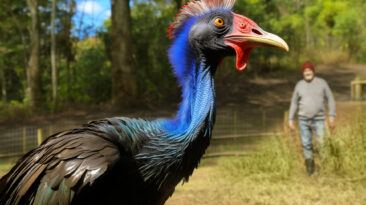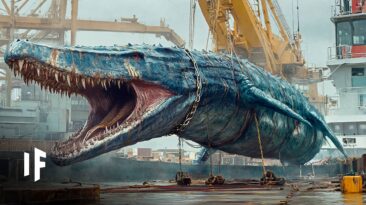Twenty million years ago, the oceans were ruled by a predator unlike any other: the Megalodon. This colossal shark, the largest to ever exist, hunted giant sea creatures and even other sharks for food. Its presence dominated marine ecosystems, leaving few rivals capable of challenging it. Fossil evidence suggests that entire food chains revolved around the existence of this enormous predator, shaping the evolution of many species around it.
What if, against all odds, the Megalodon had survived? Scientists and enthusiasts alike have long speculated what a 21st-century Megalodon would look like and how it would impact the oceans and humans. The idea sparks both awe and fear, as imagining a living giant of this magnitude challenges our understanding of modern marine life. Would it dominate coastlines, or would it remain a hidden giant in the deep? Here are eight things you should know about this imagined apex predator and the world it would inhabit.
1. It Would Be Massive
A modern Megalodon, having continued to evolve, could rival the size of a blue whale. Estimates suggest it might reach 30 meters 100 feet in length and weigh a staggering 200 tons, comparable to about 33 elephants. Its heart alone could be as big as a car, and to sustain this enormous body, it would need to consume roughly 3,600 kilograms 8,800 pounds of food daily.

The logistics of such a diet would make hunting a full-time activity, and the presence of one in the ocean would dramatically reshape marine ecosystems. Coastal areas might see heightened fear among humans and large sea animals alike, potentially leading to shifts in migration and behavior.
2. Its Ancestors Were Already Giants
During the Miocene and Pliocene epochs, around 23 million years ago, Megalodons measured roughly 18 meters 60 feet long, three times the length of the largest great white shark. They weighed between 30 and 65 tons, about as much as a space shuttle, and had teeth the size of a human hand.
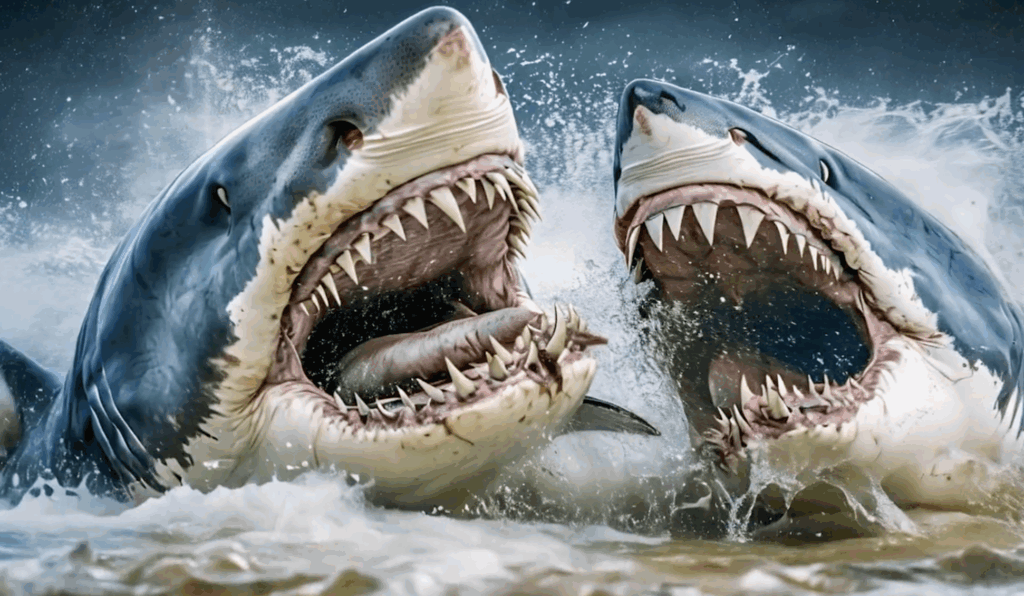
The name Megalodon literally means big tooth, a fitting description for this predator capable of chewing through 1,100 kilograms 2,500 pounds of meat every day. Fossilized remains indicate these sharks were already perfectly adapted to hunting large whales and other substantial prey. Their size and hunting efficiency set the stage for imagining just how enormous and powerful a modern descendant could be.
3. Its Hunting Strategy Was Brutal
Megalodons were ruthless predators. They typically ambushed prey from below, slamming into it at high speed before sinking their enormous teeth into the ribcage. This tactic was deadly for whales, their primary prey. A Megalodon could even swallow objects as large as a car thanks to its 4.5-meter 15-foot skull, making it a terrifying force in any ocean.
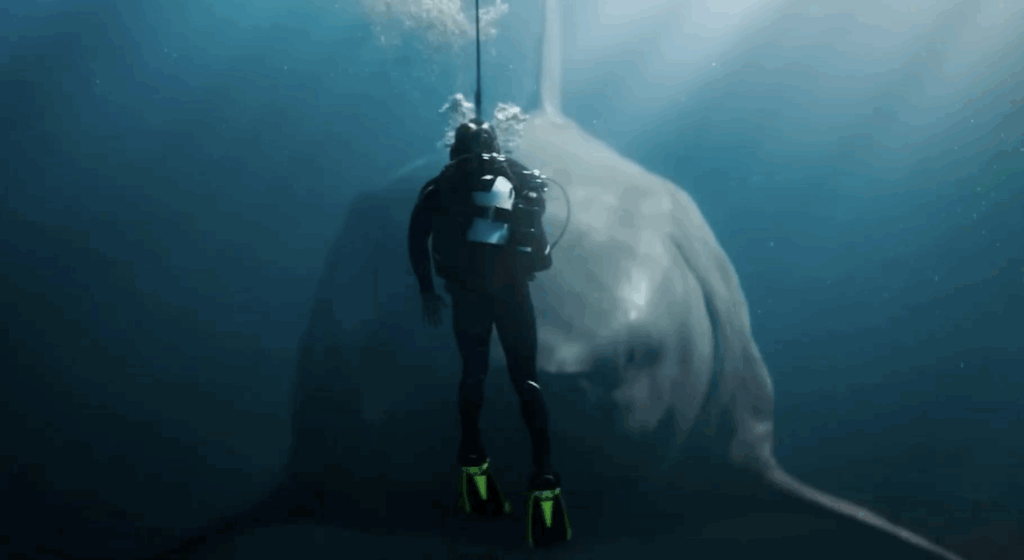
Experts speculate that its hunting strategy would be both opportunistic and highly adaptive, possibly targeting multiple prey species based on availability. Its presence would have created fear and caution even among the largest marine mammals, rewriting predator-prey dynamics across vast ocean regions.
4. Climate Change Contributed to Its Extinction
Despite surviving earlier temperature fluctuations thanks to its partially warm-blooded physiology, the Megalodon could not endure the Pleistocene ice age. The severe drop in temperatures, the shrinking of baleen whale populations, and disrupted breeding grounds left the species without enough food to survive. Competition with smaller, more agile great white sharks for the remaining prey only compounded the problem.
These environmental pressures demonstrate how even the largest and most formidable predators are vulnerable to rapid ecological shifts. Modern climate challenges might have affected the Megalodon even more dramatically, requiring extraordinary adaptations to survive today.
5. Survival Could Require Shrinking
If the Megalodon had faced the ice age differently, one potential survival strategy could have been shrinking. Similar to the winter skate, which reduced its body size in response to temperature changes, the Megalodon could have temporarily reduced its size to lower its energy needs, making it a more efficient predator in a colder environment. Shrinking might also have allowed it to exploit smaller prey and conserve resources during harsh periods.
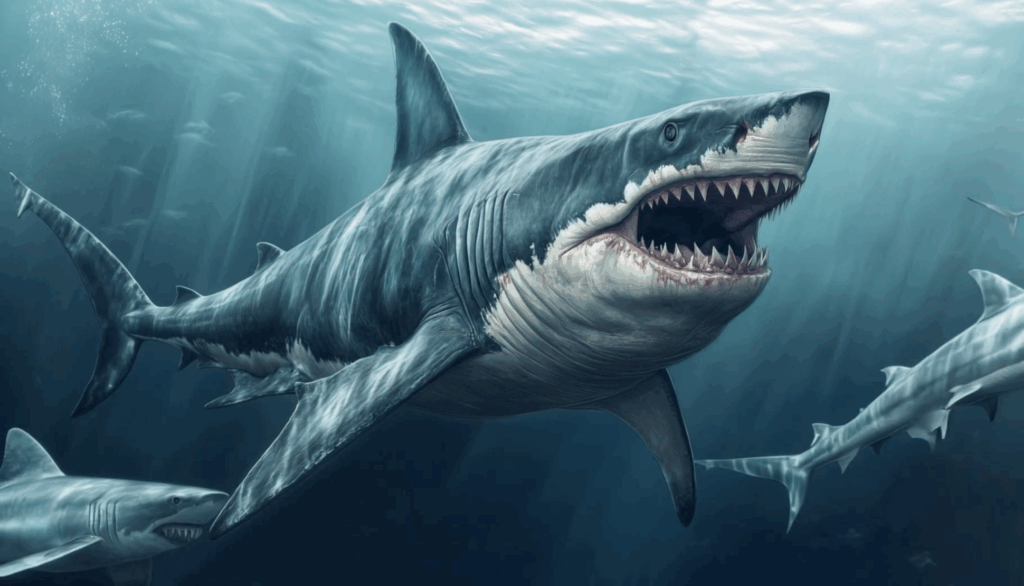
Over generations, such adaptations could have resulted in a species capable of remarkable flexibility and resilience. The concept challenges our perception of apex predators as immutable giants and opens the door to imagining a highly adaptable Megalodon.
6. Cooperation Could Be Key
Unlike its solitary ancestors, a modern Megalodon might form small hunting pods, borrowing a strategy from killer whales. Groups of five or fewer could improve hunting efficiency and provide a social advantage in adapting to competition with other predators.
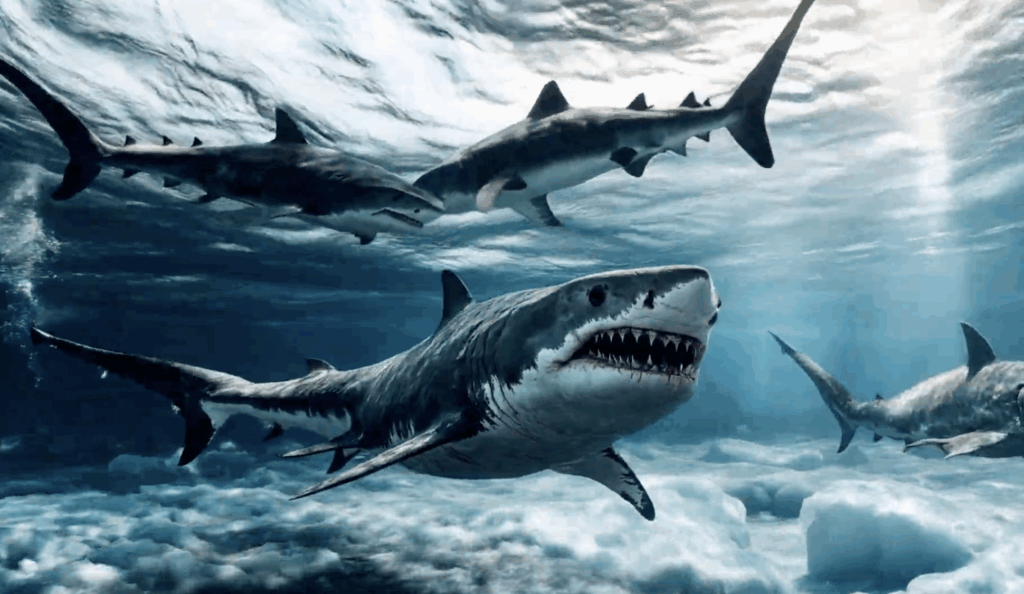
Hunting cooperatively would allow the Megalodon to take on even larger prey and increase survival rates for younger or weaker individuals. Social behaviors could extend beyond hunting, including coordinated navigation and territorial defense. Such teamwork would transform our understanding of shark behavior and elevate the Megalodon to a highly intelligent apex predator.
7. Diversified Diets Would Ensure Survival
To avoid starvation, Megalodons might broaden their diet beyond baleen whales to include fish, squid, and other marine creatures. Taking inspiration from sharks with versatile digestive systems, the modern Meg could also incorporate plant matter, such as seagrass, when necessary, effectively making it omnivorous and more resilient to environmental changes.
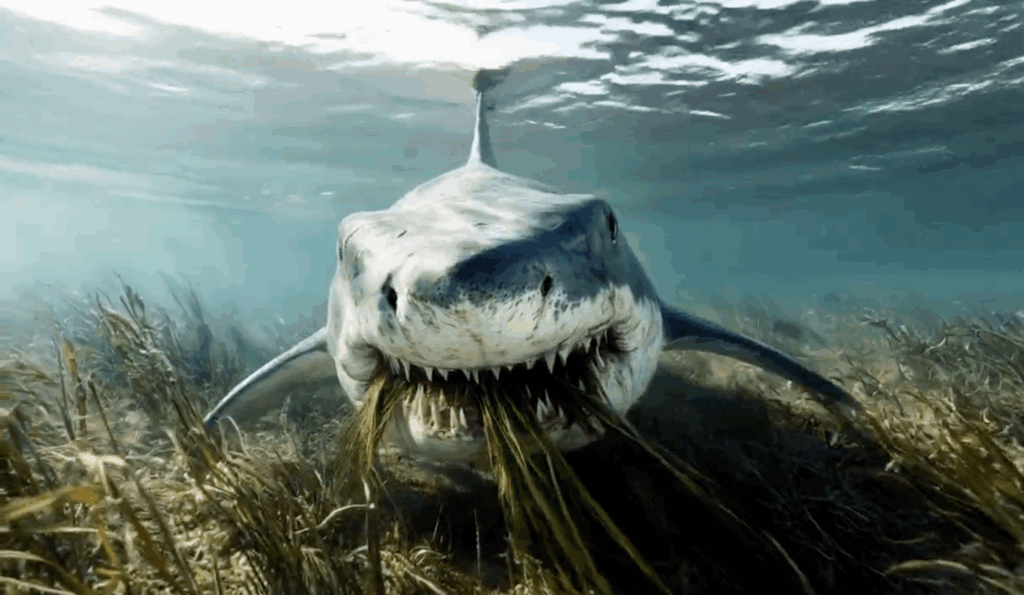
This dietary flexibility would allow it to survive in a range of habitats and withstand seasonal variations in prey availability. Additionally, the ability to adapt its hunting techniques and digestion could make it one of the most efficient and enduring predators on the planet.
8. Adaptations for Cold Water Would Be Essential
While historically preferring subtropical waters, a modern Megalodon surviving ice ages would need a thick layer of blubber, similar to whales, to insulate against colder temperatures. Additionally, it would likely adapt its birthing strategy to ensure the survival of its young, moving away from vulnerable shallow-water nurseries and possibly seeking safer, deeper regions.
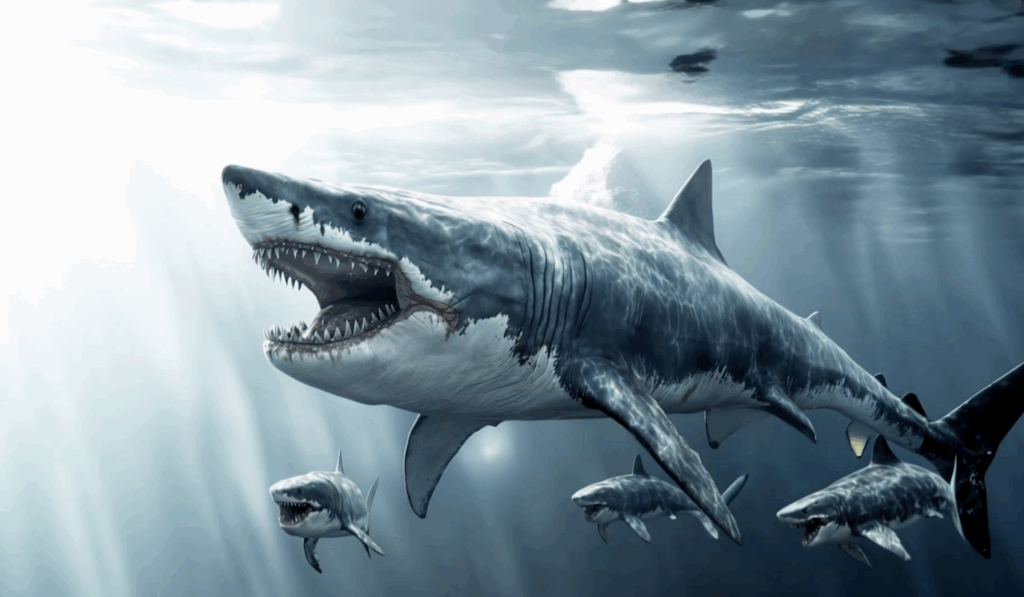
Behavioral adaptations could include seasonal migrations to more favorable waters and alterations in hunting patterns to conserve energy. These combined adaptations would make it not only a fearsome predator but also a master of survival across diverse and challenging environments.















